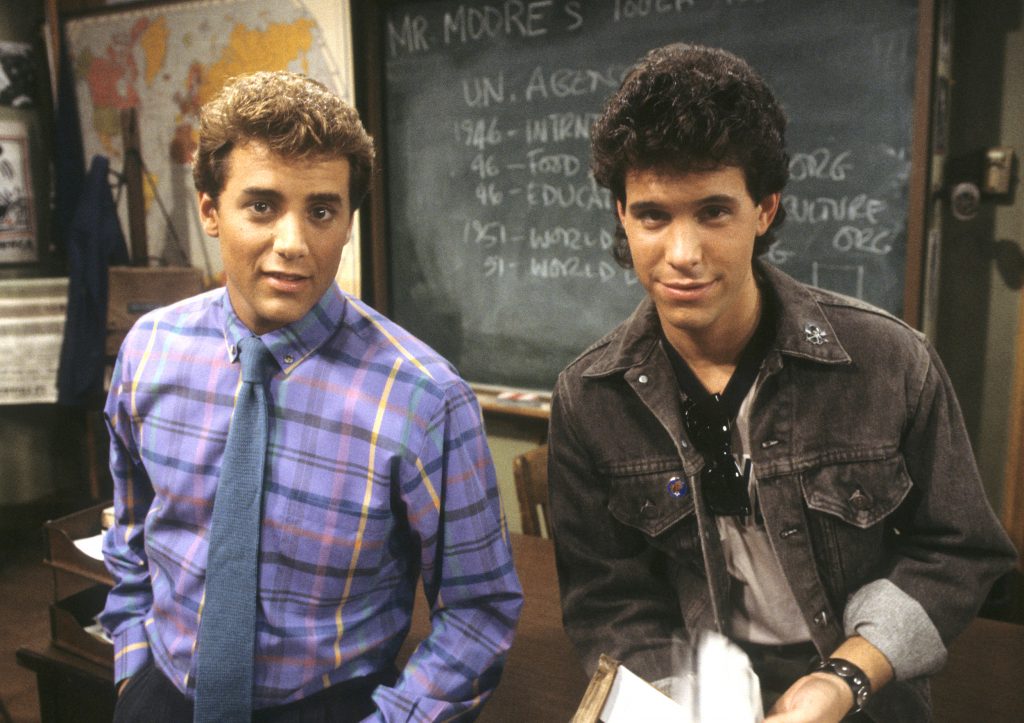Students Push To End Major City School Dress Code
Students in this major city have formed a student organization calling on district officials to end an outdated dress code policy.

Some of you may have experienced this during your days of walking the halls of your public middle or high school. You are literally minding your own business when you get called out by a teacher or school official for the clothes you are wearing. You are told to go home and change or call your parents to bring a change of clothes. You have just violated the school dress code.
This happened to one unsuspecting young lady at Cass Technical High School in Detroit, Michigan. When Aniyah Pouncy woke up that morning, she went about her business as usual, finding clothes that worked within her high school’s dress code colors. She chose green camouflage pants that worked well with her black crewneck sweater. Little did she know, but in just a few short hours, she would be sent home for a dress code violation.
“It was wildly upsetting and confusing,” Aniyah said to Chalkbeat. Her confusion is understood. She claims it wasn’t the first time she had worn that same exact outfit. She is hoping, though, it won’t be the last. Aniyah’s confusion stems from the school’s color dress code that says students must wear clothing in the colors green, black, and khaki. Having worn that outfit before and not having been called out for it, she felt she was following the high school’s dress code. According to the whims of school officials, she wasn’t.

Aniyah was not taking it lightly. She was ready to fight the uneven and subject way the dress code was being enforced. She is now part of a large group of Detroit teens in a student organization called the Detroit Area Youth Uniting Michigan. Their goal is simple as vocal advocates of change. The teens want to eliminate the high school’s uniform and dress code policy.
So determined are these students that they have already received over 340 signatures from an online petition they created trying to affect the dress code policy removal. The advocates are attracting attention, especially given the fact that along with the petition, they have taken their fingers to the keyboard by emailing Superintendent Nikolai Vitti. It is apparent, though, that a battle is brewing.
Vitti has since acknowledged the number of criticisms the district has received but said that he has zero intention of removing the school district’s uniform or dress code policy. He also added that the school policies are “historic”, and they have also “been a part of the district’s culture for some time.” While that is all well and good, does it mean they need to remain in effect in this day and age?
According to Detroit’s dress code policy, students are banned from wearing leggings, halter tops, and skirts that rise above the knees. They are also banned from wearing tops that show a student’s abdomen or cleavage. As you can imagine, most of these dress code policies are geared toward female students and there are many in the Detroit school district who feel the policy is unequally enforced while placing tremendous pressure on females with certain body types.

“We cannot control what our bodies look like,” says TaLia Price, a Cass Tech senior. She explains that females who are on the curvier side have a greater chance of being suspended for wearing yoga pants or leggings. “I know some girls that said that they wish that they were smaller, so they can get away with leggings. That’s not OK,” she said, then added, “If it’s the dress code that’s making people feel bad about their bodies, then clearly we need to get rid of the dress code or at least accommodate something better than saying you can’t wear leggings, but picking and choosing who y’all want to violate for wearing leggings.”
It isn’t only students in Detroit who are looking to effect dress code change. One middle school boy in Texas was hit with a dress code violation because of his hair. The school complained that his hair was too long, so his mother took him in to get it cut. But when he went back to school with his new ‘do, school officials still complained. He was disciplined for breaking the dress code that said male students could not wear their hair in a ponytail, a bun, or a topknot. “He was getting pulled out of class daily, sometimes by multiple teachers, and examined like he was an object,” said the middle-schoolers mother via Texas Tribune. “One time they called in three different people to examine his head to make sure that it was OK for him to be in class.” They are now fighting for change.
Julia Squitteri, a student at a Florida high school, is calling her school’s dress code policy “sexist.” The school’s policy bans items such as tank tops and backless dresses. Most of the items on the banned list can be found in the women’s clothing section at a store.
She is calling for mass change because, as she told her school board, “I’ve met students who have been called hookers. I’ve met students who’ve missed hours of class. I’ve met students who have cried in bathrooms. I’ve met students who’ve been humiliated in front of their peers. All while being dress coded.”

It wasn’t just that, though. Some of the wording used in the dress code policy was also troubling. Julia, along with a number of other students, pushed for change and got the school board to remove the word “cleavage” from the policy. They are now looking to have other “gender-specific” wording removed.
According to Vitti, he feels the school district should focus more on training employees to enforce the dress code properly and not pick and choose how they go about it. “I expect us to make policy changes here and better train and hold employees accountable to enforcing the dress code with improved gender fairness,” he said. But would it work? Would the students still be fine with a dress code?
Some understand the need for a school dress code and some don’t. Mainly, it is how the policies are enforced as to where the huge disconnect between students and school officials resides. “I just really feel as though they really pick and choose who they want to give in-school suspensions to and who they want to dress code,” says TaLia. “And I feel like that’s just not fair.”



